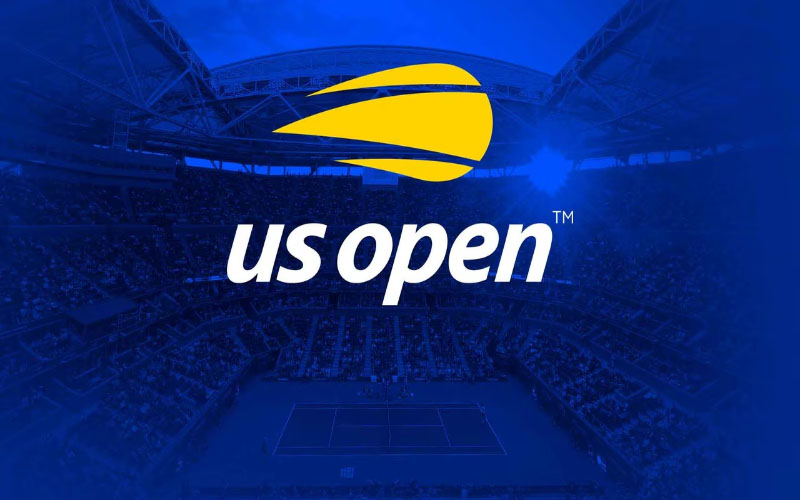The US Open is one of the most prestigious tennis tournaments in the world, drawing attention from fans, players, and sports enthusiasts alike. With its electric atmosphere, fierce competition, and a rich history that spans over a century, the US Open has become a hallmark of excellence in the realm of tennis. This blog post will explore the deep-seated secrets behind the thrilling matches that unfold during this tournament, shedding light on its history, key venues, notable athletes, memorable matches, and more.
Introduction to the US Open
The US Open has established itself as a monumental sporting event within the global tennis calendar. As one of the four Grand Slam tournaments, it boasts a unique flavor that sets it apart from others like Wimbledon, the Australian Open, and the French Open.
Its significance goes beyond just the title; it’s about the stories, emotions, and thrills that each match encapsulates. The tournament showcases not only the pinnacle of athletic prowess but also serves as a cultural melting pot where diverse backgrounds converge on the courts at Flushing Meadows.
History and Development of the Tournament
The genesis of the US Open traces back to 1881 when it was first held as the U.S. National Championship. Initially, the tournament was exclusively for men, highlighting the gender disparity that would characterize the sport for many years. However, women’s events were introduced in 1887, marking a pivotal moment in the tournament’s history.
Over the decades, the US Open underwent significant transformations.
From changing venues—from Newport, Rhode Island, to New York City—and adapting its name to reflect the openness of the competition, the tournament has continually evolved. By 1968, the event opened its doors to professional players, allowing for a dramatic increase in competitiveness and viewership.
As we moved forward into the modern era, innovations such as tiebreakers, electronic review systems, and advanced training equipment have profoundly changed how the game is played and perceived. Yet, despite these advancements, the essence of the US Open remains steadfast—a celebration of skill, perseverance, and the human spirit.
Key Venues for the Matches
The location of the US Open is as iconic as the event itself. Held annually at the USTA Billie Jean King National Tennis Center in Flushing Meadows, New York, the venue is a testament to the grandeur of the tournament.
This facility features several courts, including the renowned Arthur Ashe Stadium, which is the largest in the world dedicated solely to tennis.
Arthur Ashe Stadium epitomizes the essence of the US Open. Its state-of-the-art design allows it to accommodate thousands of passionate fans cheering for their favorite players. The electric atmosphere generated by the roaring crowd enhances the drama of the matches, creating unforgettable moments that resonate long after the final points have been played.
In addition to Arthur Ashe Stadium, the Louis Armstrong Stadium and the Grandstand also play host to various matches throughout the event. Each venue is equipped with technologies that amplify the spectator experience, ensuring that nothing detracts from the thrill of live tennis action.
Notable Athletes
Throughout its storied history, the US Open has witnessed some of the greatest athletes in the world grace its courts. Legends like Serena Williams, Roger Federer, Pete Sampras, and Martina Navratilova not only etched their names into the record books but also inspired generations of aspiring tennis players.
Serena Williams, a powerhouse in women’s tennis, has had an unparalleled impact on the sport. Her tenacity, style, and commitment to excellence have made her a beloved gemwin.kiwi figure at the US Open, where she has claimed numerous titles while overcoming both physical and emotional challenges.
On the men’s side, Roger Federer represents a blend of elegance and finesse unmatched in the annals of tennis history. His ability to perform under pressure is a hallmark of his career, particularly at the US Open, where he has faced numerous nail-biting matches and formidable opponents.
These athletes not only brought their skills to the court but also left an indelible mark on the culture surrounding tennis. Their dedication and resilience serve as a reminder of what it takes to compete at such high levels.
Conclusion
The US Open serves as a spectacular showcase of talent, history, and emotion. From its beginnings to its evolution into a world-class event, the tournament continues to capture the hearts of millions. The thrilling matches, classic finals, and incredible turning points reveal the complexities of the sport while highlighting the resilience of the human spirit.
